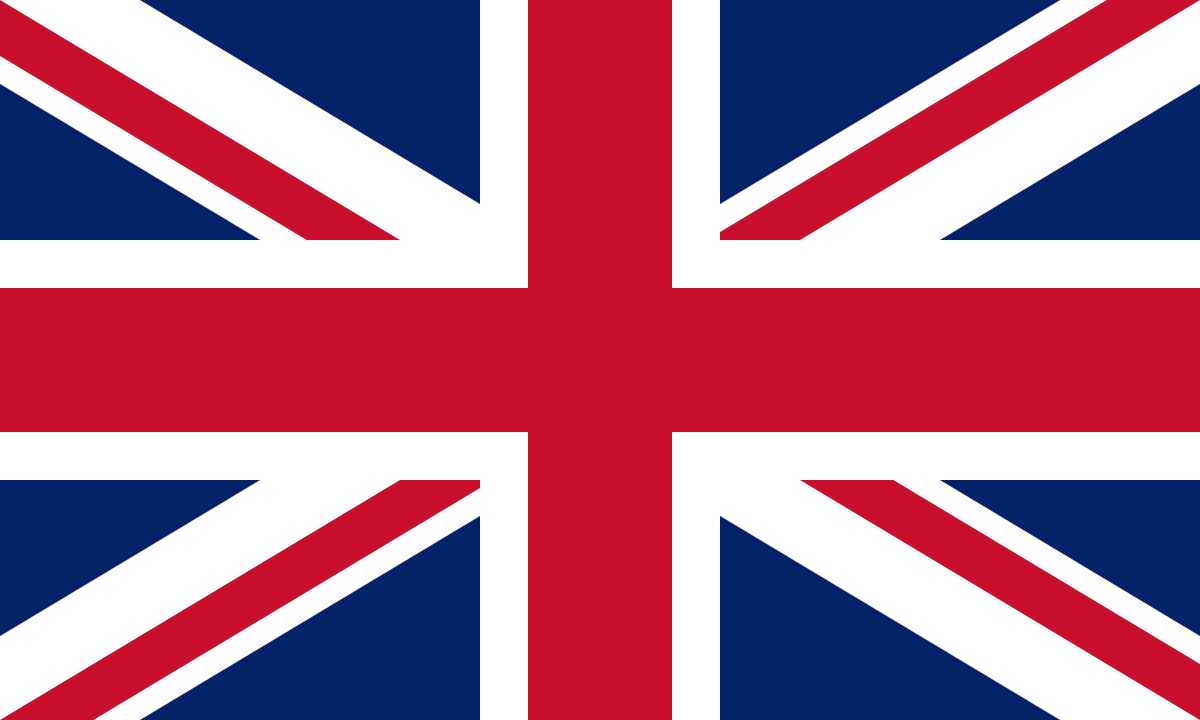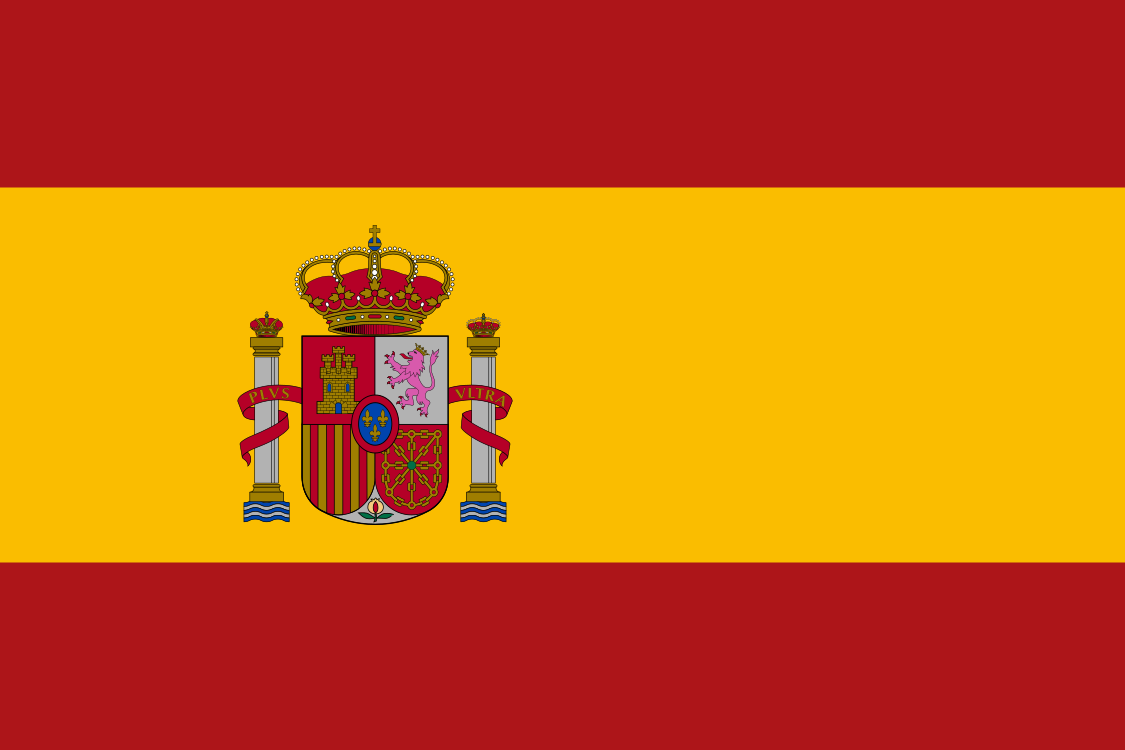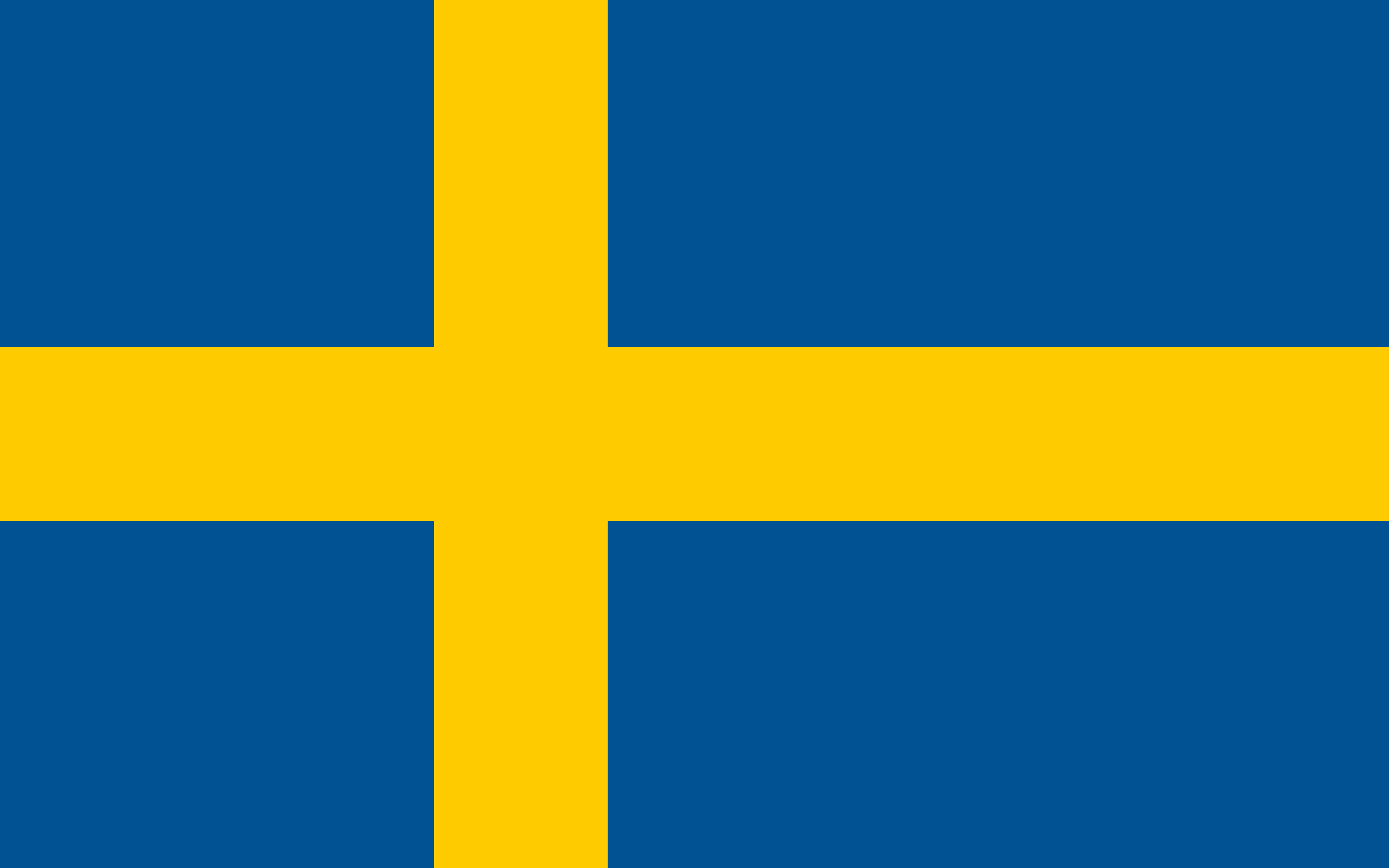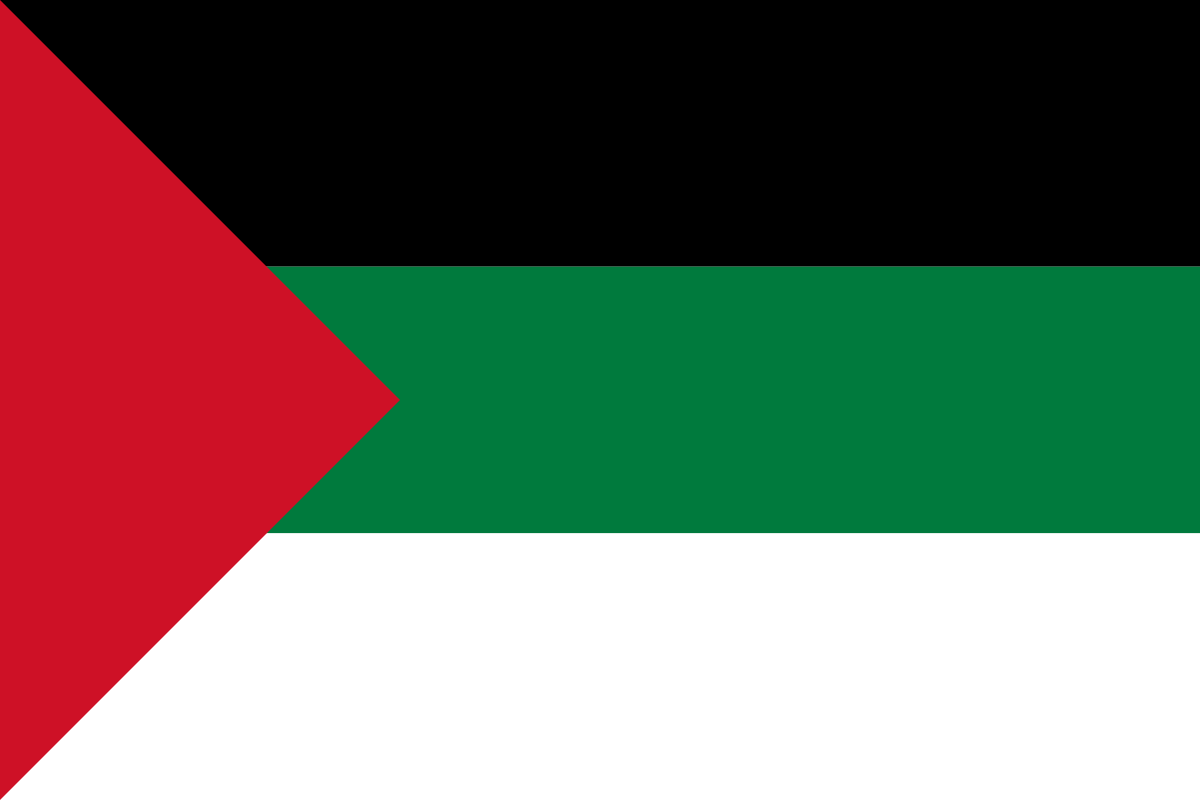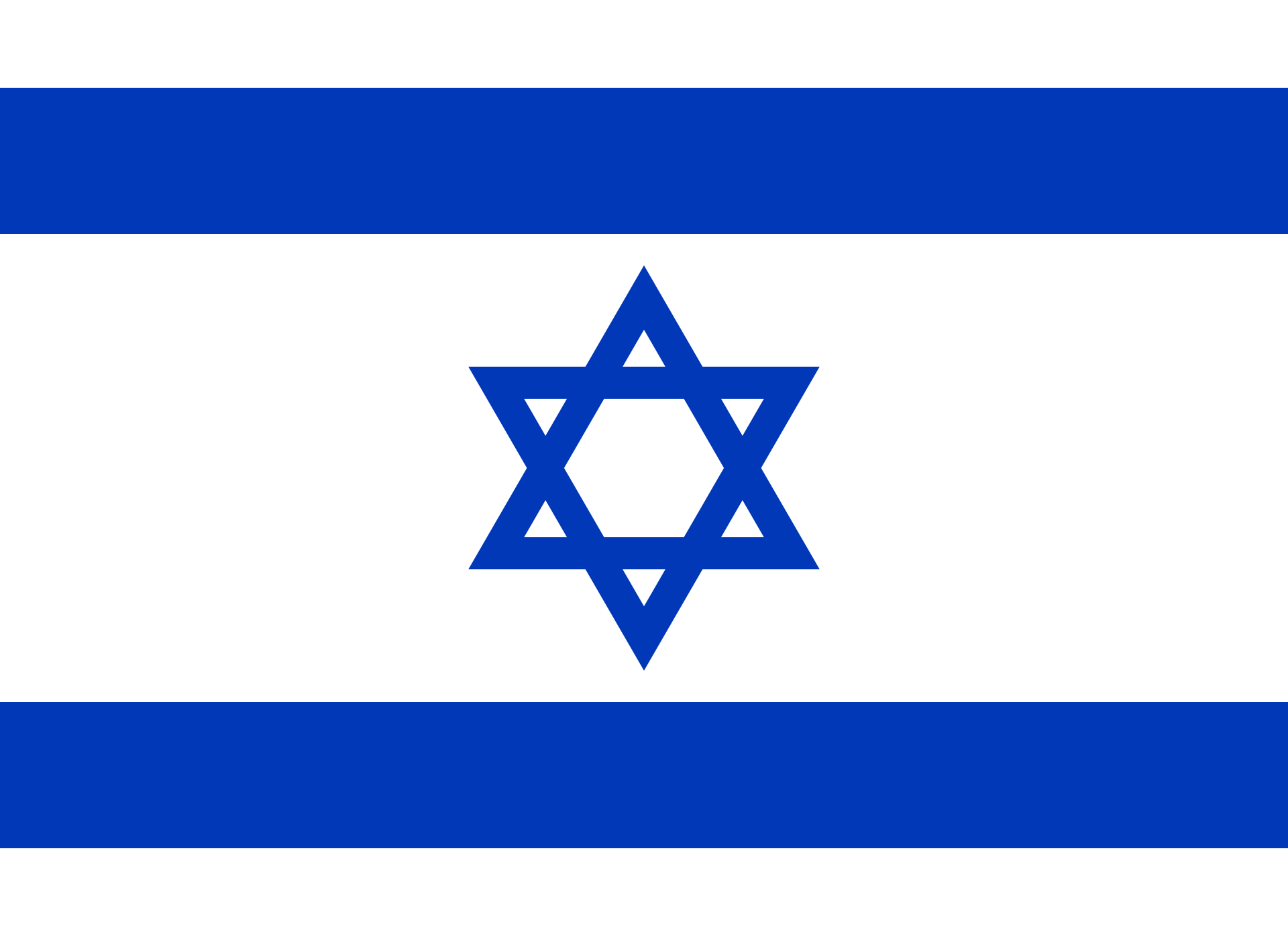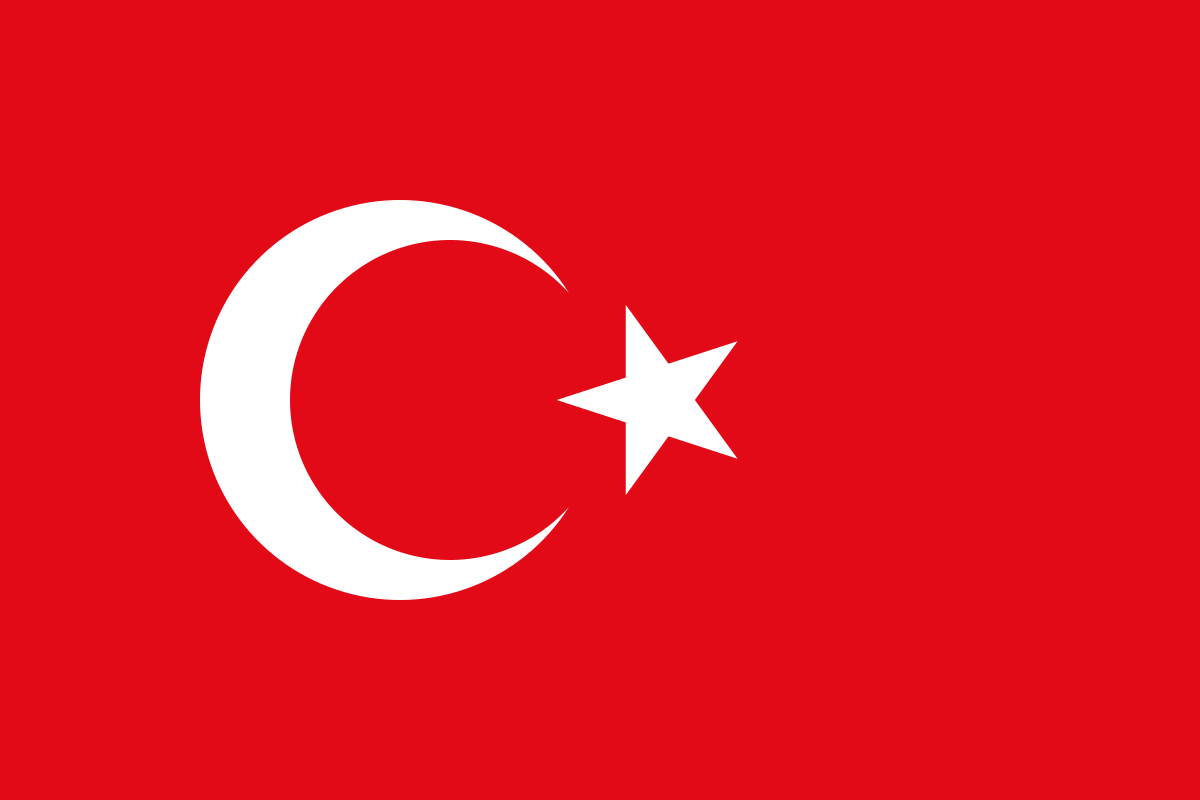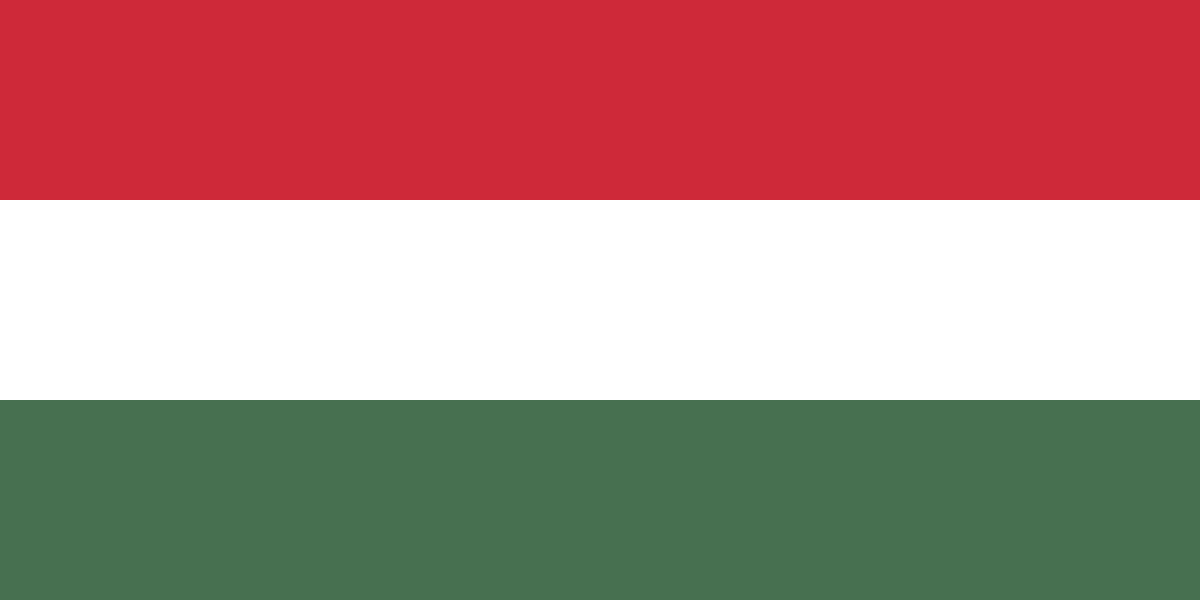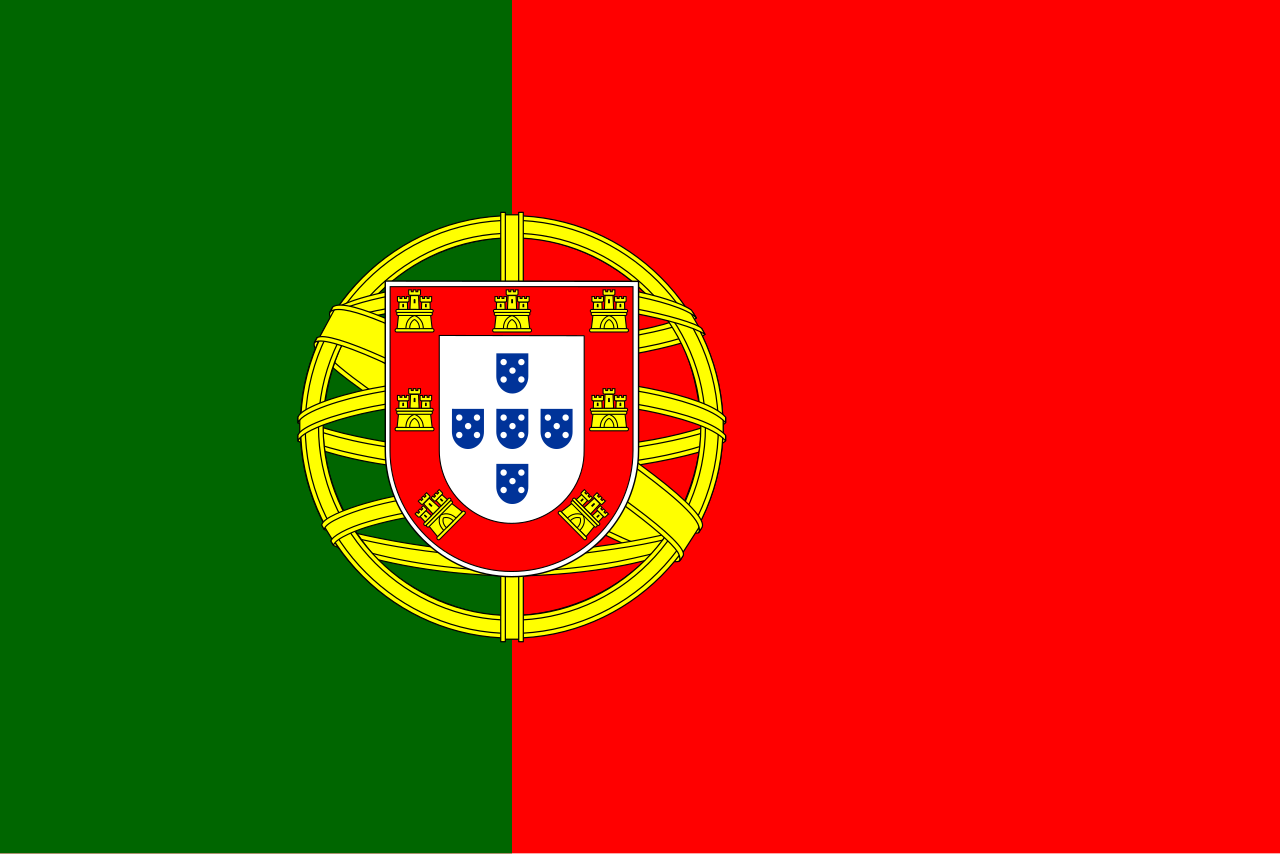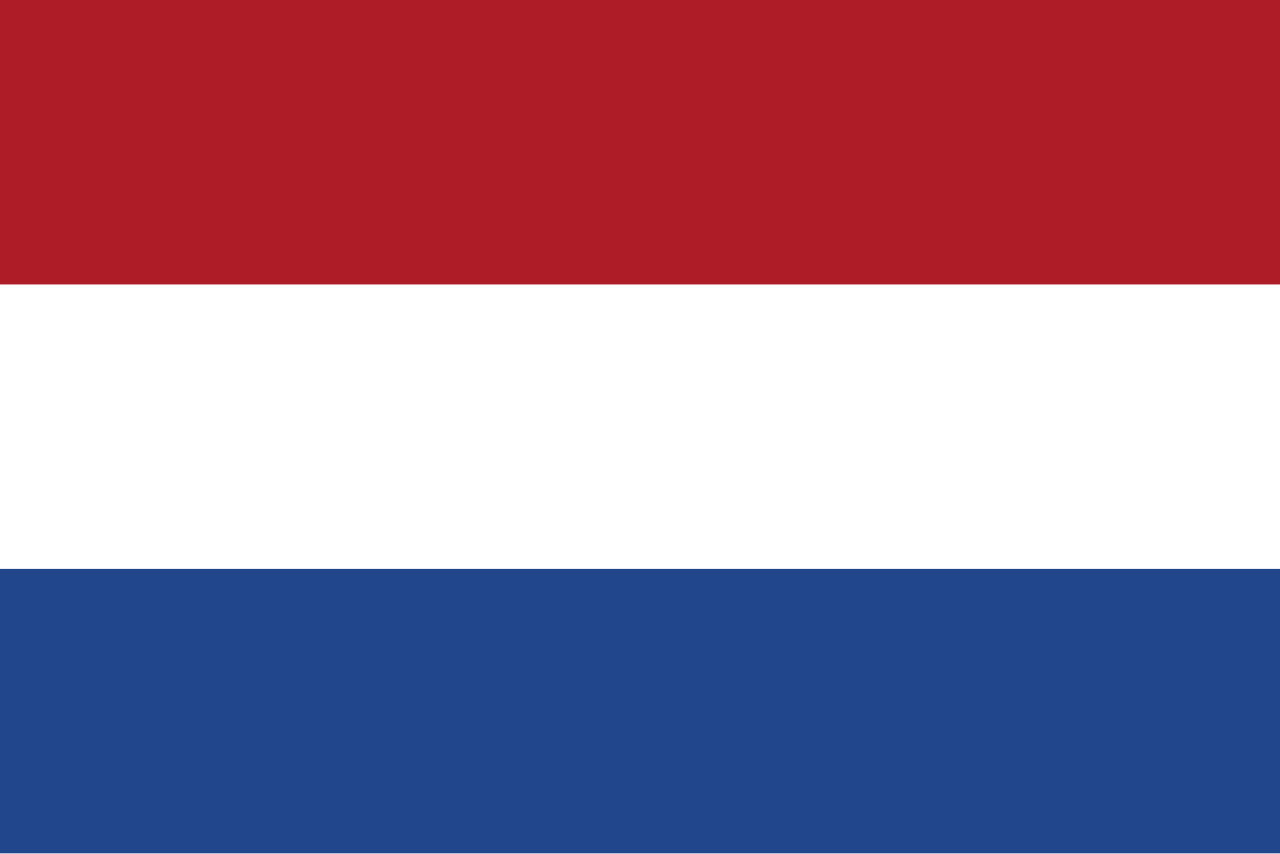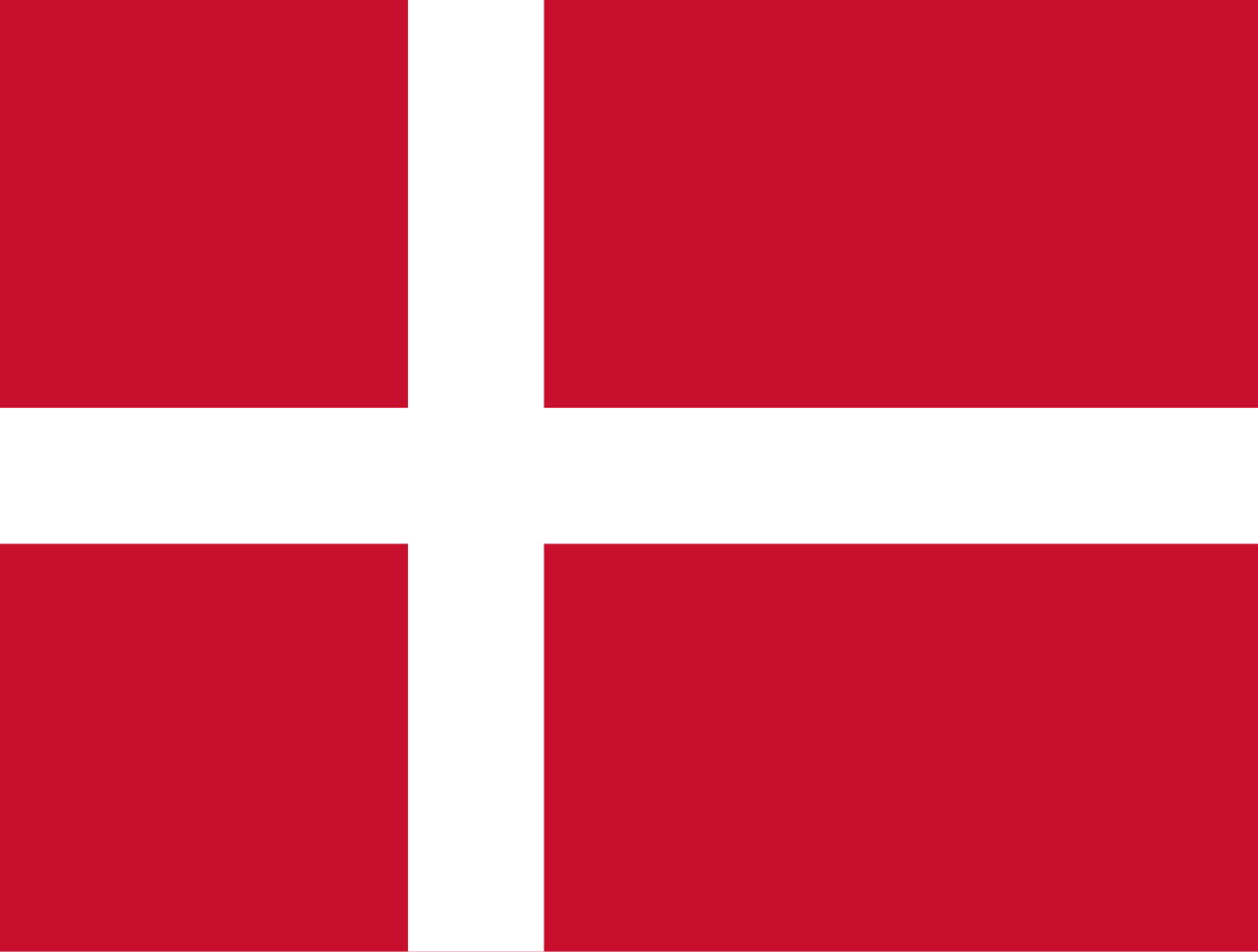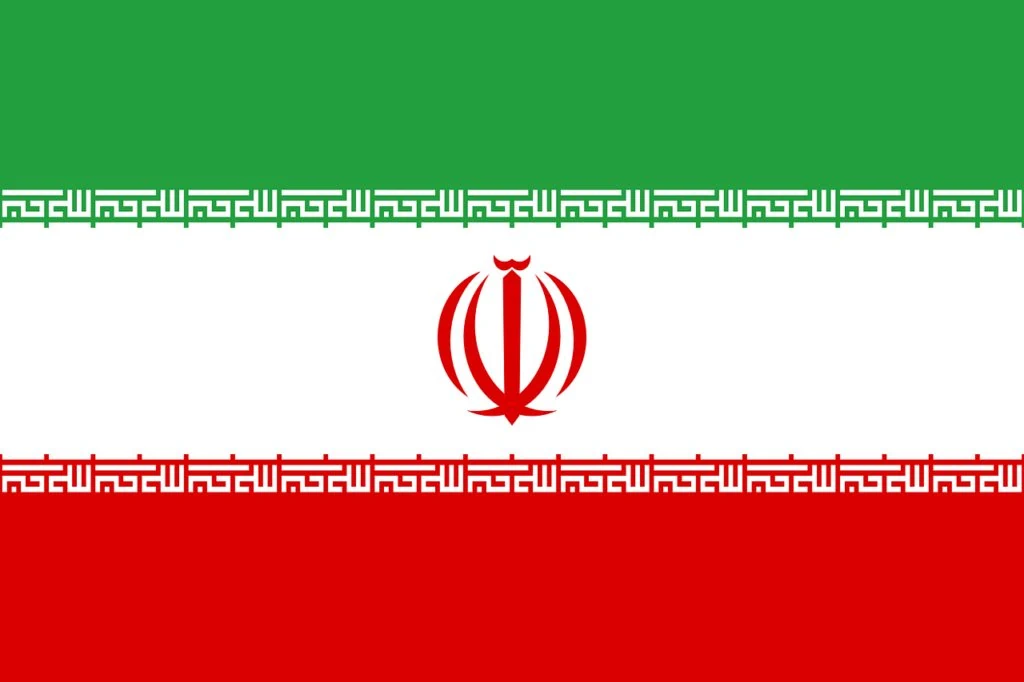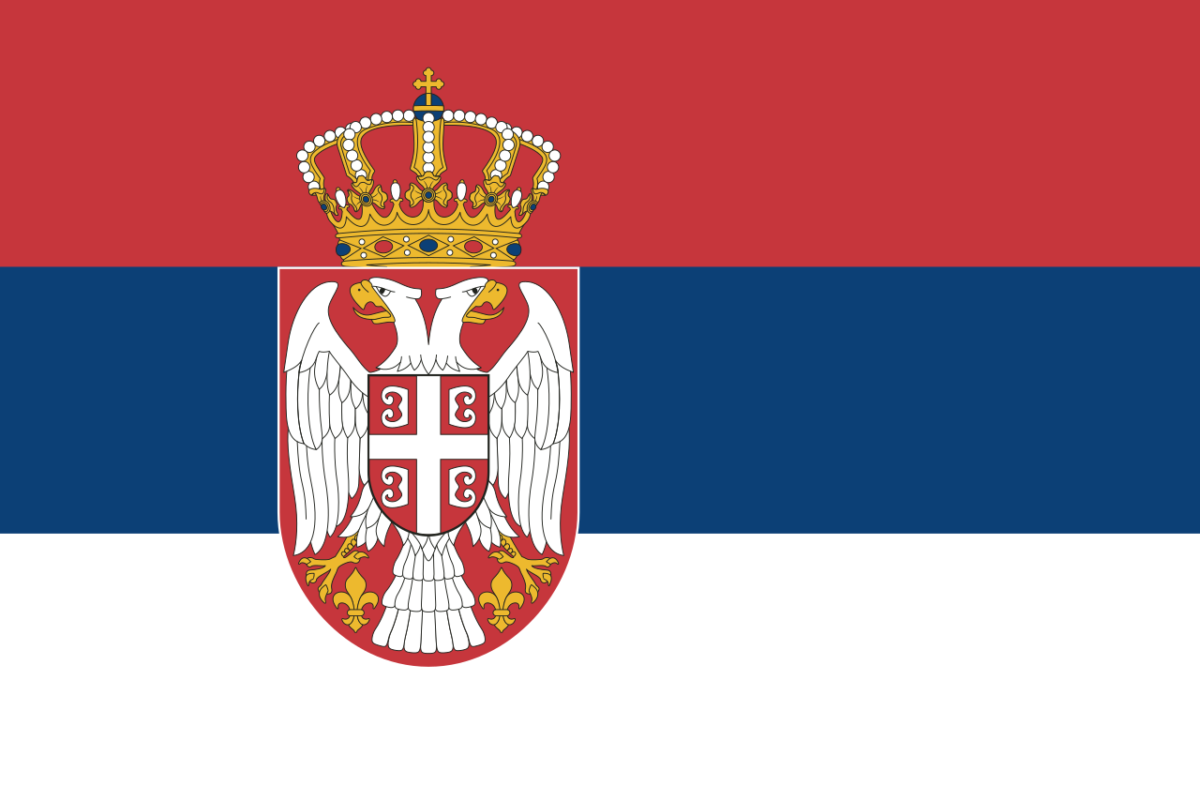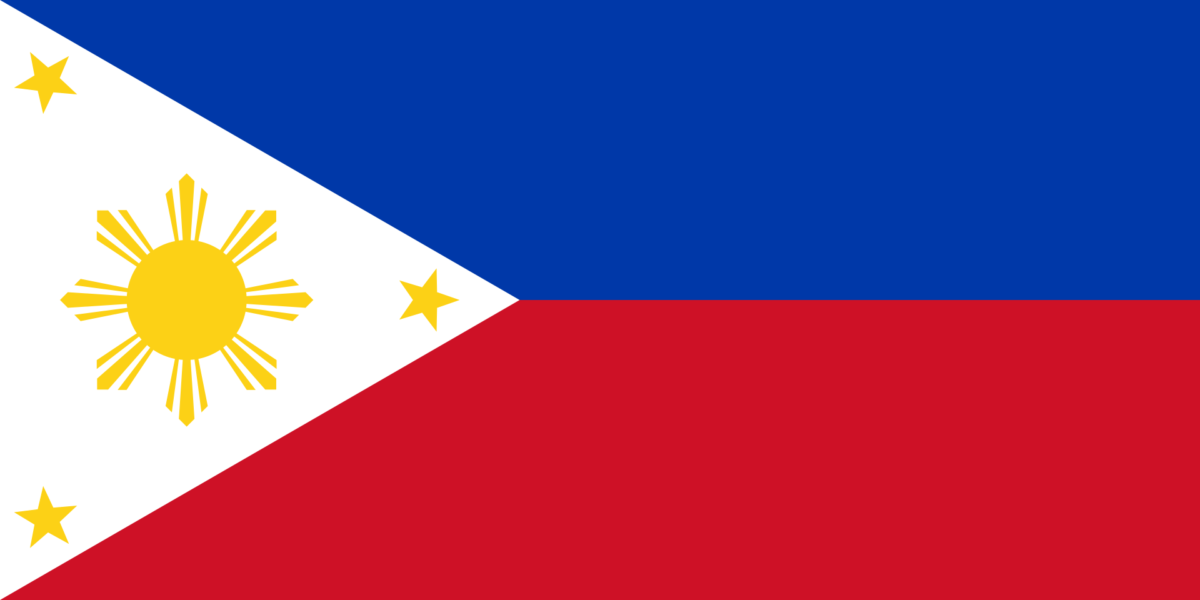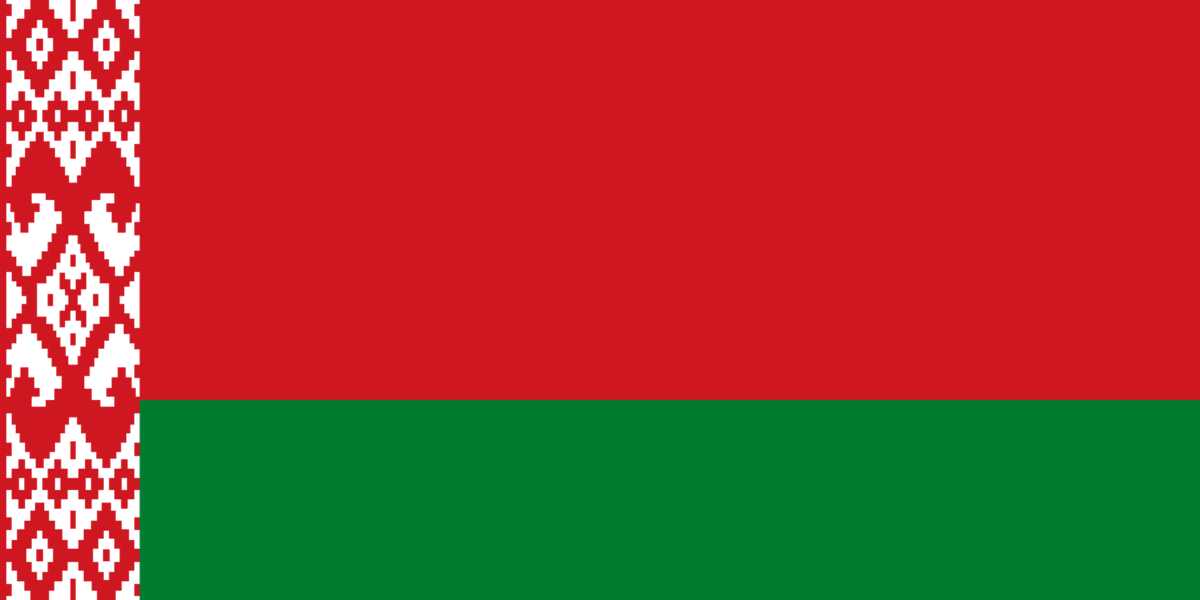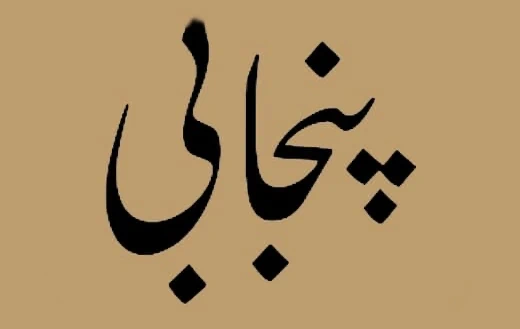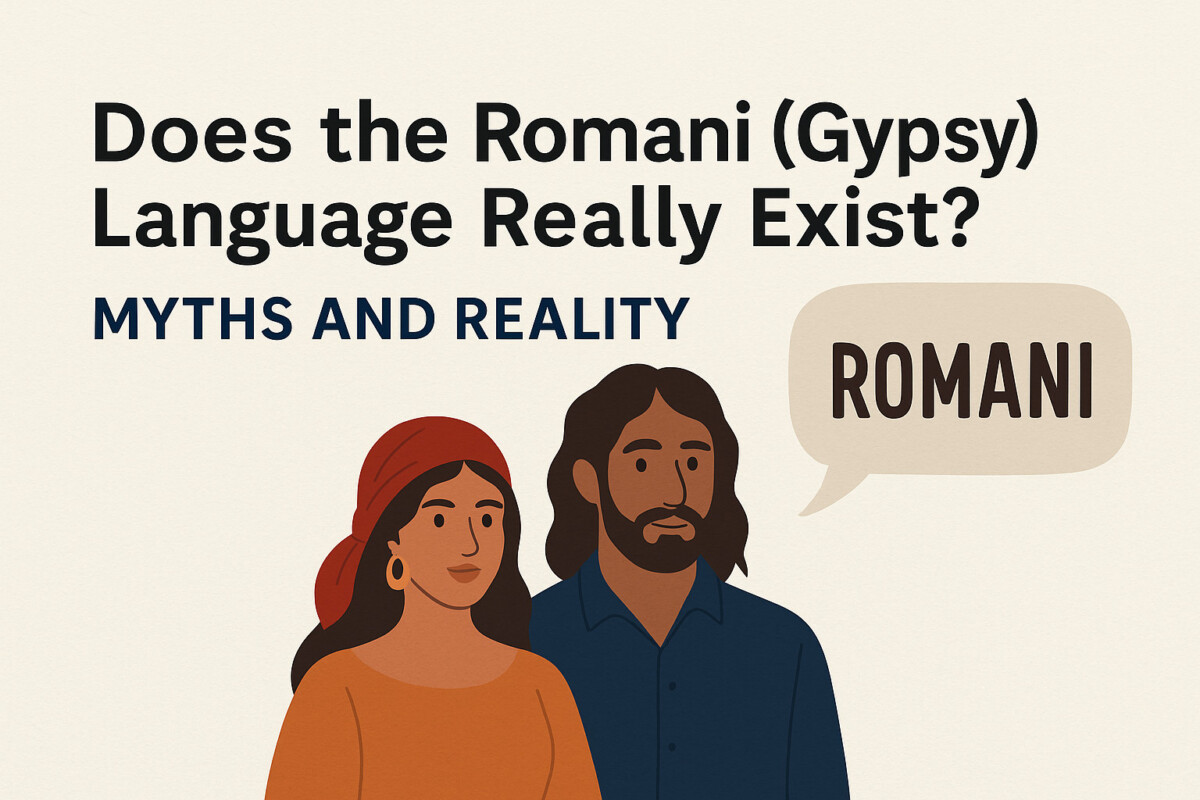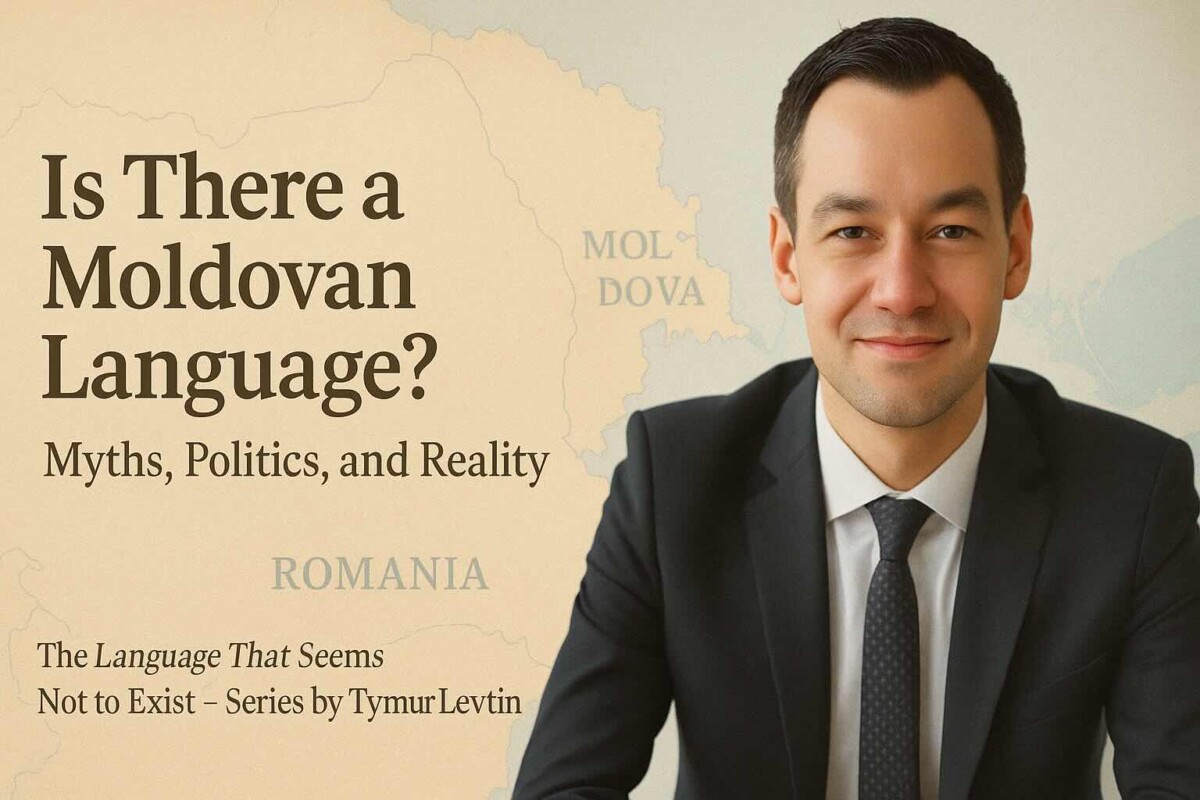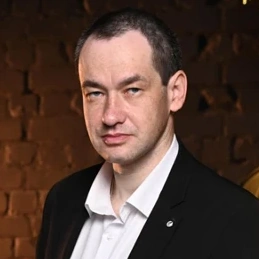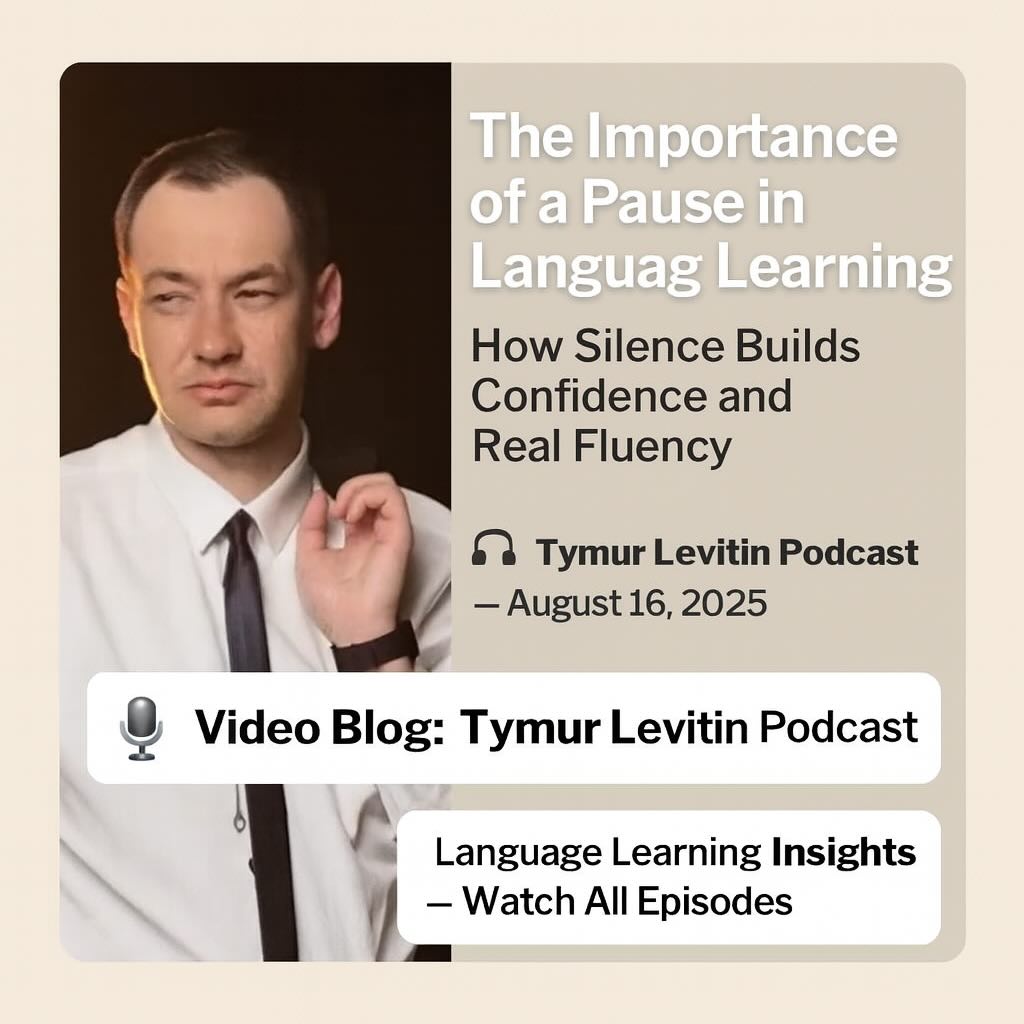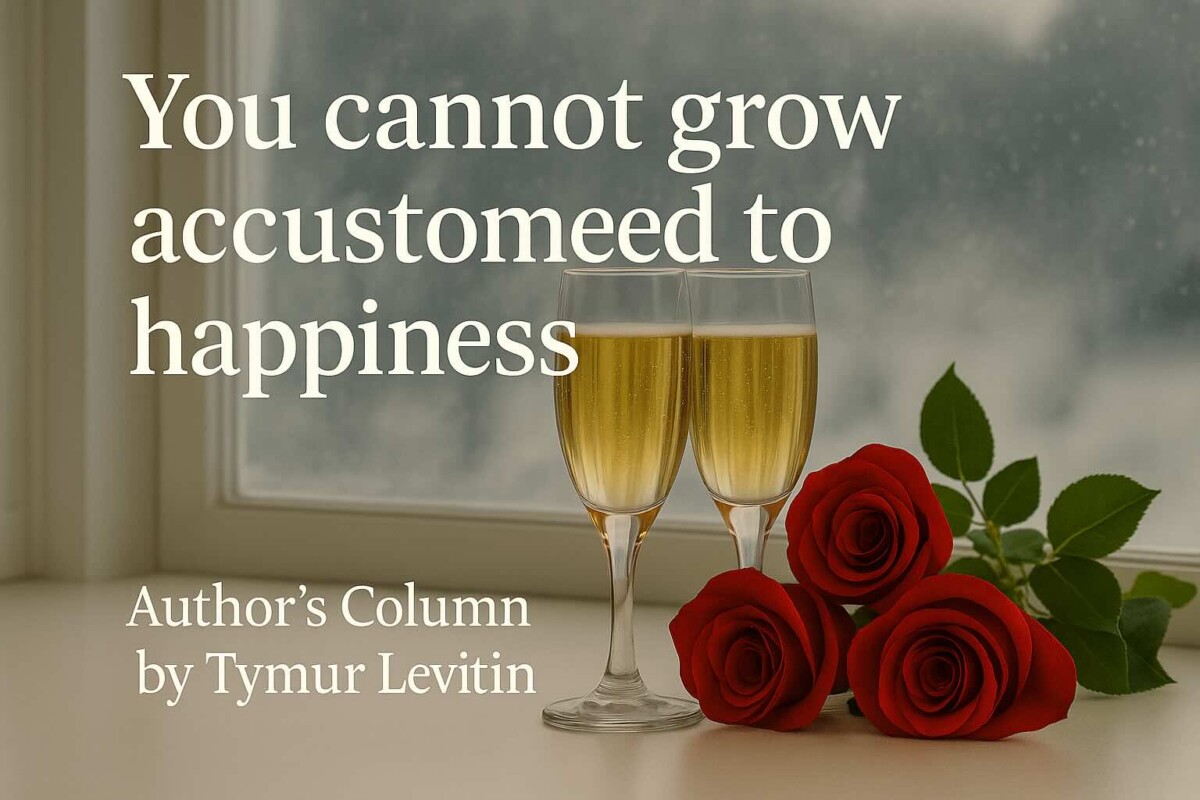Myths, Politics, and Reality
(From the series “The Language That Seems Not to Exist”)
Author: Tymur Levitin — Founder, Director, and Head Teacher at Levitin Language School / Start Language School by Tymur Levitin
🎓 Teacher’s page → Tymur Levitin
🌍 Choose your language
“One language, two names — and a whole history in between.”
1. Why People Still Ask This Question
Ask around in Eastern Europe, and you’ll still hear the debate:
“Does Moldovan exist — or is it just Romanian with a different name?”
This question isn’t linguistic. It’s historical, political, and deeply human.
During the Soviet era, Moscow promoted the idea of a “Moldovan language” to separate Moldova from Romania —
a way to build identity through distance.
Schoolbooks appeared in Cyrillic, even though the language itself remained the same as Romanian.
After the collapse of the USSR, Moldova gradually returned to the Latin alphabet,
and its Constitutional Court declared in 2013: the state language is Romanian.
Yet, people still call it “Moldovan.” Why? Because language isn’t only grammar — it’s belonging.
2. The Linguistic Truth
From a purely linguistic perspective, Moldovan and Romanian are the same language.
They share nearly identical grammar, vocabulary, and structure.
The only real difference lies in a few regional words and pronunciation habits.
| Word / Phrase | Moldovan Form | Romanian Form | English Translation | Commentary |
|---|---|---|---|---|
| pâine | pâine | pâine | bread | identical |
| măr | măr | măr | apple | identical |
| fată | fată | fată | girl | identical |
| amu | amu | acum | now | dialectal Moldovan; still used in rural areas |
| mersi | mersi | mulțumesc | thanks | French loanword common in Moldova |
| a vorbi | a vorbi | a vorbi | to speak | identical |
| a iubi | a iubi | a iubi | to love | identical |
| poftim | poftim | poftim | here you go / please | identical |
| brânză | brânză | brânză | cheese | identical |
Even the rhythm of the language — soft, melodic, and Latin-rooted — is shared.
A Moldovan and a Romanian can communicate effortlessly without realizing that “two names” divide them.
If you’re curious to experience the language firsthand, visit our Romanian language course page —
it’s the same beautiful system, with the same roots, just seen through different cultural eyes.
3. The Real Difference: Culture, Not Grammar
As many Moldovans themselves say:
“Romanian sounds more official, Moldovan feels more like home.”
Romanian carries the tone of academia and national literature — clear, European, formal.
Moldovan breathes with warmth: it’s the language of village kitchens, street markets, and family jokes.
In daily speech, Moldovans naturally blend Romanian roots with Russian, Ukrainian, and Turkish borrowings.
They say “privet” instead of “salut”, “da” instead of “yes”,
and sometimes “спасибо” instead of “mulțumesc.”
That doesn’t make it a new language — it makes it alive.
4. Politics, Identity, and the Weight of a Name
Why do many people still prefer to call their language Moldovan?
- Generational respect — that’s the name their parents learned at school.
- Cultural pride — it marks independence after centuries of shifting borders.
- Emotional closeness — “Moldovan” sounds warmer, more personal.
In this sense, “Moldovan” isn’t a contradiction.
It’s a reflection of how language connects not just people, but memories.
For some, Romanian is the language of Europe.
For others, Moldovan is the language of home.
(For more about language and belonging, read The Quiet Code: What It Means to Stay Human —
another article from this author on the deeper meaning of linguistic identity.)
5. Language as Identity
Linguistically — Romanian.
Emotionally — Moldovan.
And both can be true at once.
Language is not only about words; it’s about who you are when you speak them.
That’s why this question belongs in our series “The Language That Seems Not to Exist.”
Because “Moldovan” exists — not as a separate grammar, but as a state of belonging.
6. Expert Commentary
Tymur Levitin — linguist, translator, teacher
“When we teach languages, we often look for rules.
But languages don’t live in rules — they live in people.
‘Moldovan’ and ‘Romanian’ are a perfect example:
one system, two identities, both real.
For a linguist, it’s not a contradiction — it’s proof that words are never neutral.”
7. Conclusion
The Moldovan language exists — as a mirror of identity.
It’s Romanian in structure, Moldovan in soul.
A living example that what we call a language often says more about us than about the language itself.
Some languages exist not in books, but in the people who still call them theirs.
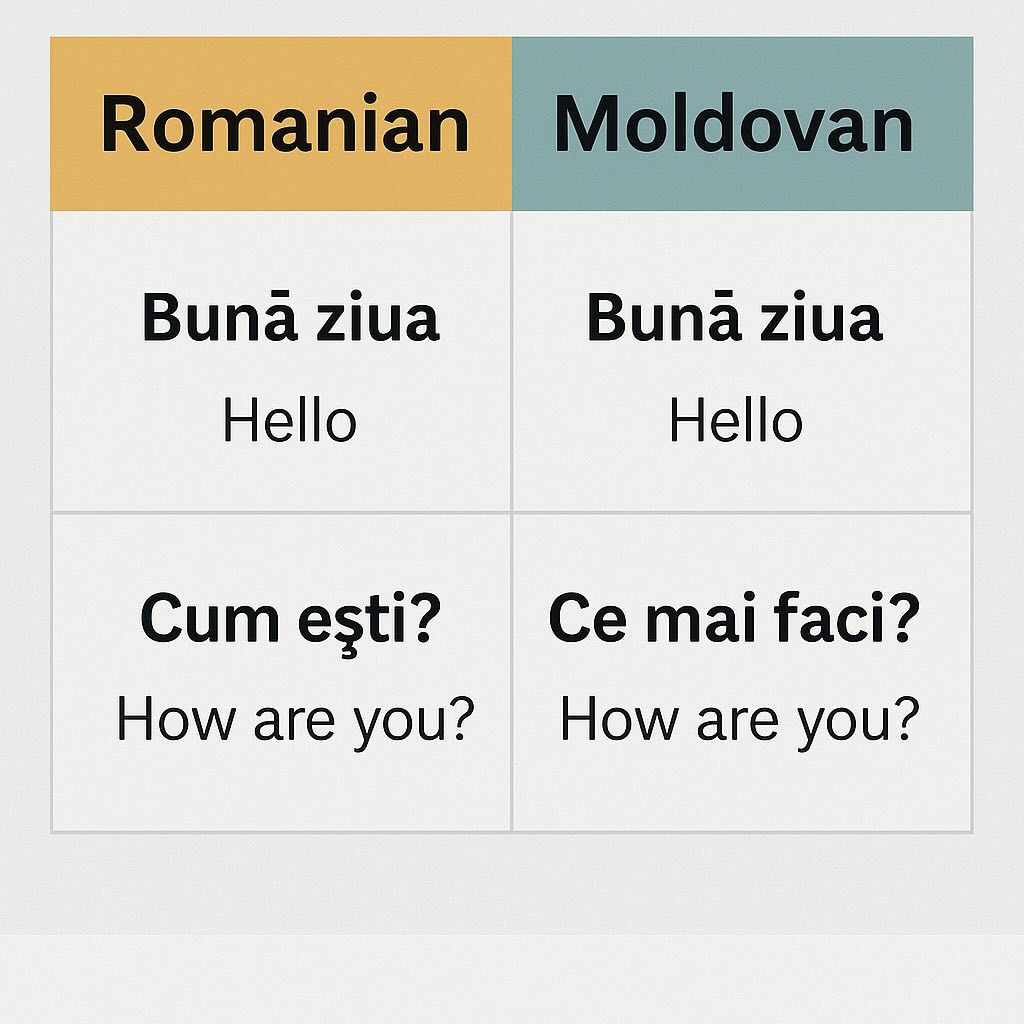
Author
© Tymur Levitin — Founder, Director, and Head Teacher of Levitin Language School
Author, linguist, and translator with over 20 years of teaching experience.
Specialist in intercultural communication and untranslatable meanings.
🔗 Teacher’s Page — Tymur Levitin
🌐 Levitin Language School
🇺🇸 Start Language School by Tymur Levitin
📚 Learn Romanian with us →
📲 Telegram: @START_SCHOOL_TYMUR_LEVITIN
📞 WhatsApp / Viber: +380 93 291 34 29
